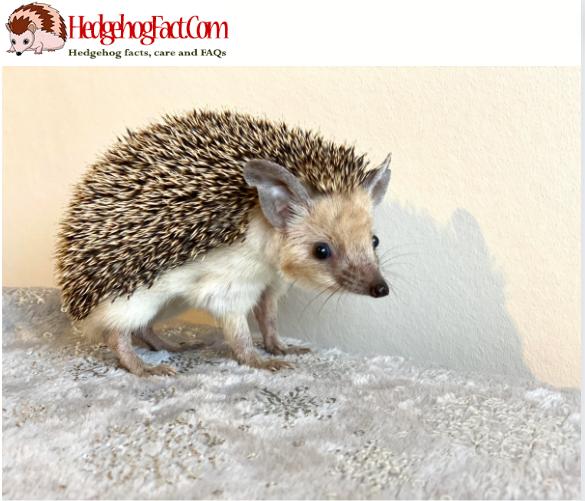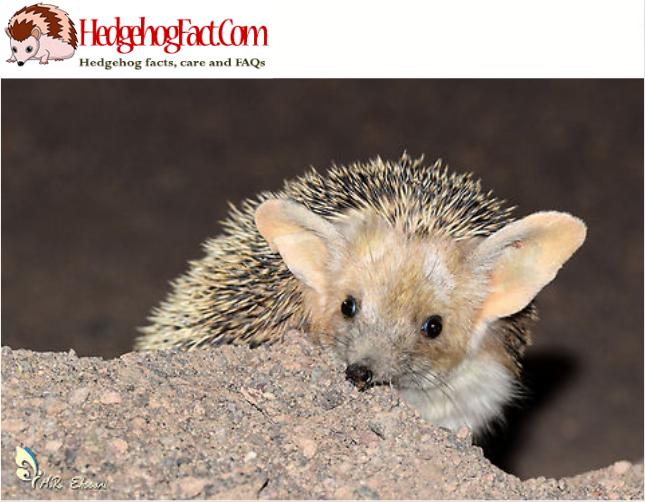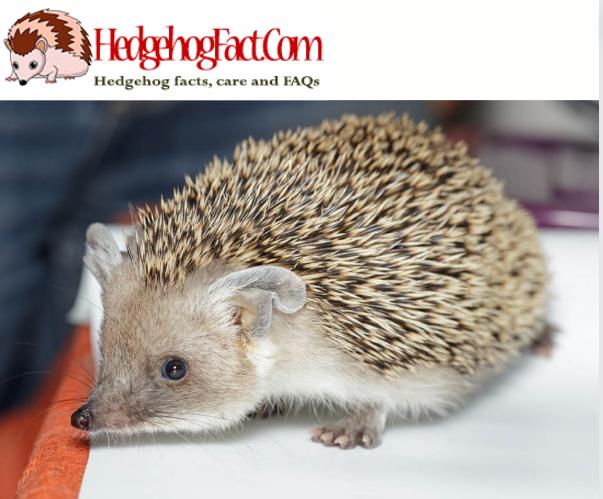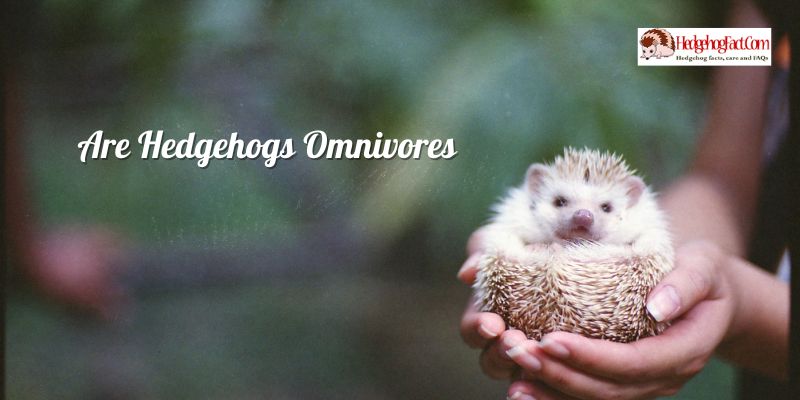Have you ever heard of a hedgehog with long ears? Meet the long eared hedgehog, a unique and fascinating creature that has captivated the hearts of many. In this article, The Long Eared Hedgehog: A Unique And Fascinating Creature we’ll explore the world of the long eared hedgehog, including its habitat, diet, behavior, and more.
Appearance and Characteristics
The long eared hedgehog is a small mammal that can weigh up to 400 grams and reach a length of 28 centimeters. It has a distinctive appearance with large, rabbit-like ears that can measure up to 4 centimeters in length. Its spines are shorter and denser than those of other hedgehog species and range in color from brown to gray.
Habitat and Distribution
The long eared hedgehog is primarily found in the deserts and semi-deserts of Central Asia, including countries like Iran, Afghanistan, and Pakistan. It prefers dry, rocky habitats and can also be found in grasslands and agricultural areas.
The Long Eared Hedgehog (Hemiechinus auritus) is a species of hedgehog that is found in various parts of the Middle East, Central Asia, and some regions of North Africa.
It is a nocturnal animal that spends most of its time hiding in burrows or under rocks during the day, and coming out at night to hunt for food.

The Long Eared Hedgehog prefers to live in dry and arid regions, such as deserts, semi-deserts, and rocky areas with sparse vegetation. It is known to inhabit areas with different types of soil, including sand, clay, and rocky soils.
This species of hedgehog has a wide distribution range, and can be found in countries such as Iran, Iraq, Afghanistan, Turkmenistan, Uzbekistan, Tajikistan, Pakistan, and parts of North Africa. Its habitat ranges from sea level to mountainous areas up to 4,000 meters in elevation.
The Long Eared Hedgehog is a solitary animal and is not very common in captivity. Due to habitat destruction and hunting, this species is considered to be at risk in some parts of its range.
Diet and Feeding Habits
Long eared hedgehogs are omnivores, which means that they eat both plants and animals. Their diet consists of insects, small mammals, reptiles, and birds, as well as fruits and seeds. They are also known to scavenge for food and eat carrion.
The Long Eared Hedgehog is primarily an insectivore, and its diet consists mostly of insects such as beetles, crickets, grasshoppers, and ants. They are also known to eat other invertebrates like spiders, centipedes, and scorpions. Occasionally, they may also eat small lizards, snakes, or rodents.
They are skilled hunters and use their excellent sense of smell and hearing to locate prey. Their long snout and sharp teeth enable them to catch and eat insects that are hiding in crevices and cracks.

Long Eared Hedgehogs are nocturnal animals and are active at night when insects are most abundant. They have a high metabolism and require a lot of food to maintain their energy levels.
In the wild, they may travel long distances to find food, and they have been known to eat up to a third of their body weight in a single night. In captivity, Long Eared Hedgehogs can be fed a diet of commercial insectivore food or a mix of insects such as crickets, mealworms, and waxworms.
It is important to provide a varied diet to ensure they receive all the necessary nutrients. Water should always be available, and their food should be supplemented with calcium to maintain healthy bones and teeth.
Behavior and Social Life
Long eared hedgehogs are solitary animals and are primarily active at night. They are good climbers and can scale rocky terrain and trees with ease. They are also known for their ability to roll into a tight ball, using their spines for protection against predators.
The Long Eared Hedgehog is primarily a solitary animal, and individuals usually only come together during mating season. They are nocturnal and spend most of the day sleeping in burrows or under rocks to avoid the hot sun.
When threatened, the Long Eared Hedgehog will roll into a tight ball to protect itself with its spines. If attacked, it may also hiss, growl or make clicking noises as a warning signal.

In the wild, the Long Eared Hedgehog is an insectivore, feeding on a variety of insects and other invertebrates. They have a good sense of smell and hearing, which they use to locate their prey.
Although they are primarily solitary animals, Long Eared Hedgehogs are not completely anti-social. They may occasionally encounter other hedgehogs while foraging for food or mating, and they may share burrows with other hedgehogs during the winter months to conserve body heat.
Overall, the Long Eared Hedgehog is a relatively elusive and solitary animal that has adapted to survive in arid and desert environments.
Reproduction and Life Cycle
Long eared hedgehogs reach sexual maturity at around 8 months of age and can have up to 4 litters per year. The gestation period lasts for around 30 days, and the young are born blind and hairless. They are weaned at around 5 weeks of age and become independent at around 2 months old.
Conservation Status
The long eared hedgehog is currently classified as “Least Concern” by the International Union for Conservation of Nature (IUCN). However, its populations are declining in some areas due to habitat loss and fragmentation, hunting, and the pet trade.
Conclusion
The long eared hedgehog is a fascinating and unique creature that deserves our attention and protection. Its distinctive appearance, behavior, and habitat make it a truly special species that adds to the diversity of our planet’s wildlife.





